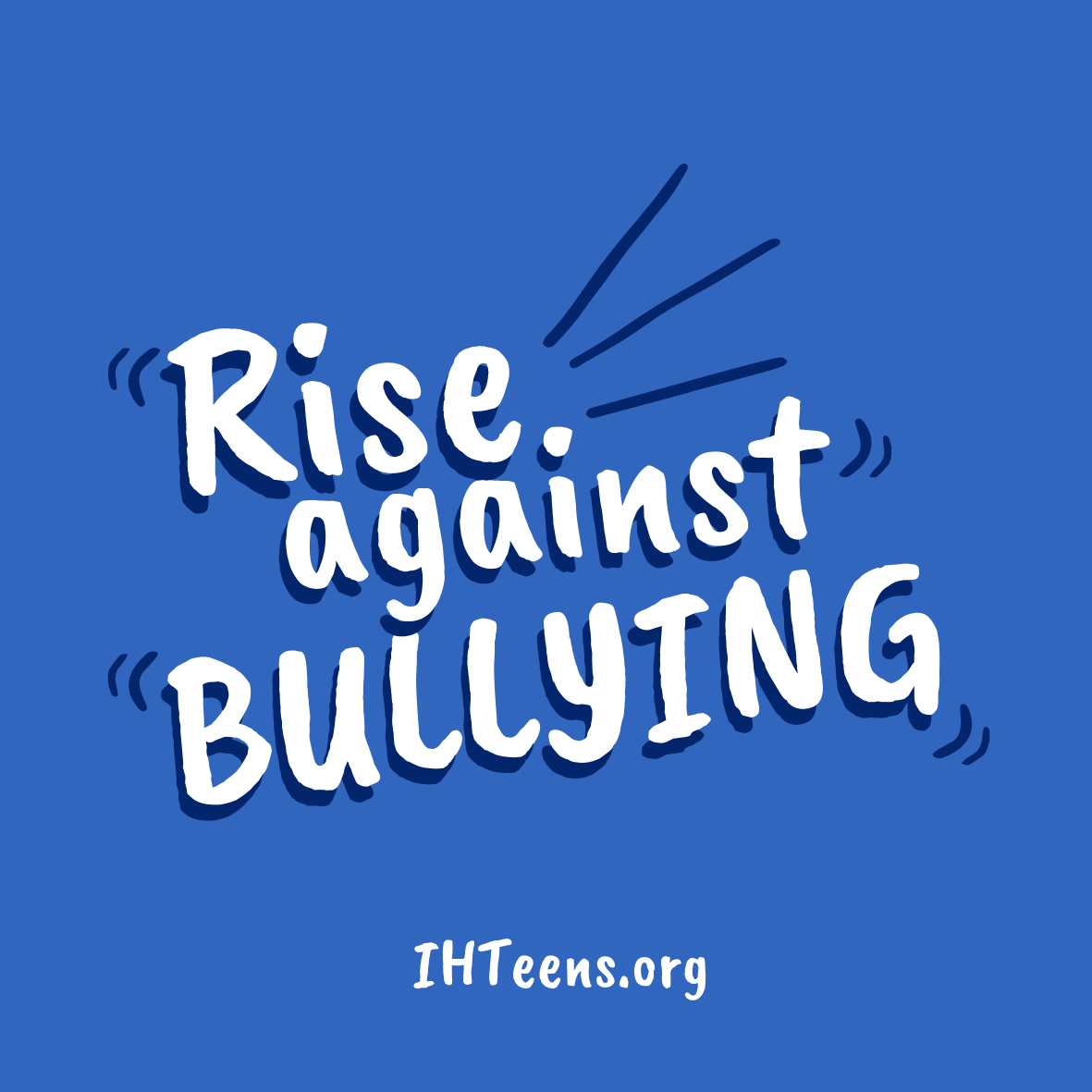Don’t Be A Bully
Bullying is the actions taken to seek harm, intimidate or coerce someone who is considered to be vulnerable to the perpetrator (stopbullying.gov). Like each new generation of children, bullying changes too. New forms of bullying are found, meaning that there are new outlets for kids and adults to bully, this can include, but is not limited to; verbal (teasing, name calling, mocking or mimicking), social (excluding someone on purpose, rumors, embarrassing others on purpose), physical, (Hitting, kicking, pushing, biting) and cyberbullying (sharing someone’s person or intimate information or photos online, saying negative or hurtful things online). On average, boys are more likely to be impacted by physical bullying, whereas girls are more likely to experience social and cyberbullying.
Bullying, which is already an incredibly hard thing for children and adults to deal with no matter what age, gender, sexual orientation, or ability, can be even harder for children with disabilities to deal with. Students who identify as having a learning disability, are on the autism spectrum, or have emotional or behavioral disorders, or physical disabilities, report a greater victimization than their peers without a disability.
Research has shown that students who have a disability are more worried about school safety and or being injured or harassed by their peers, and are told not to tattle twice as often compared to students without disabilities (pacer.org)
Another form of cyberbullying can occur when youth are sending “sexy selfies/images, or messages” to flirt with another youth, also known as sexting (plannedparenthood.org). These images and messages, although may seem to be harmless, can sometimes be used against the sender of the sext. These images or messages, if shared with others or posted online, especially without permission from the sender, can have long lasting effects for both the sender of the message, as well as the receiver. The sender may experience bullying and or harassment, may develop anxiety or depression, and may become involved in the legal system, as sending or sharing sexual images of someone (including oneself) if under the age of 18, is considered child pornography. The receiver, if they do share that image, can also become involved in the criminal justice system, as sharing that image is considered distribution of child pornography. Both are very serious crimes.
This is a short overview of the different types of bullying that are currently being utilized. With the Coronavirus pandemic, cyberbullying is the dominant form of bullying being used now, with children learning remotely. We will discuss cyberbullying and through the different platforms in next months blog!
https://www.stopbullying.gov/bullying/what-is-bullying
https://www.stompoutbullying.org/dont-be-cyberbullied
https://www.pacer.org/bullying/resources/stats.asp
https://www.plannedparenthood.org/learn/teens/bullying-safety-privacy/all-about-sexting

